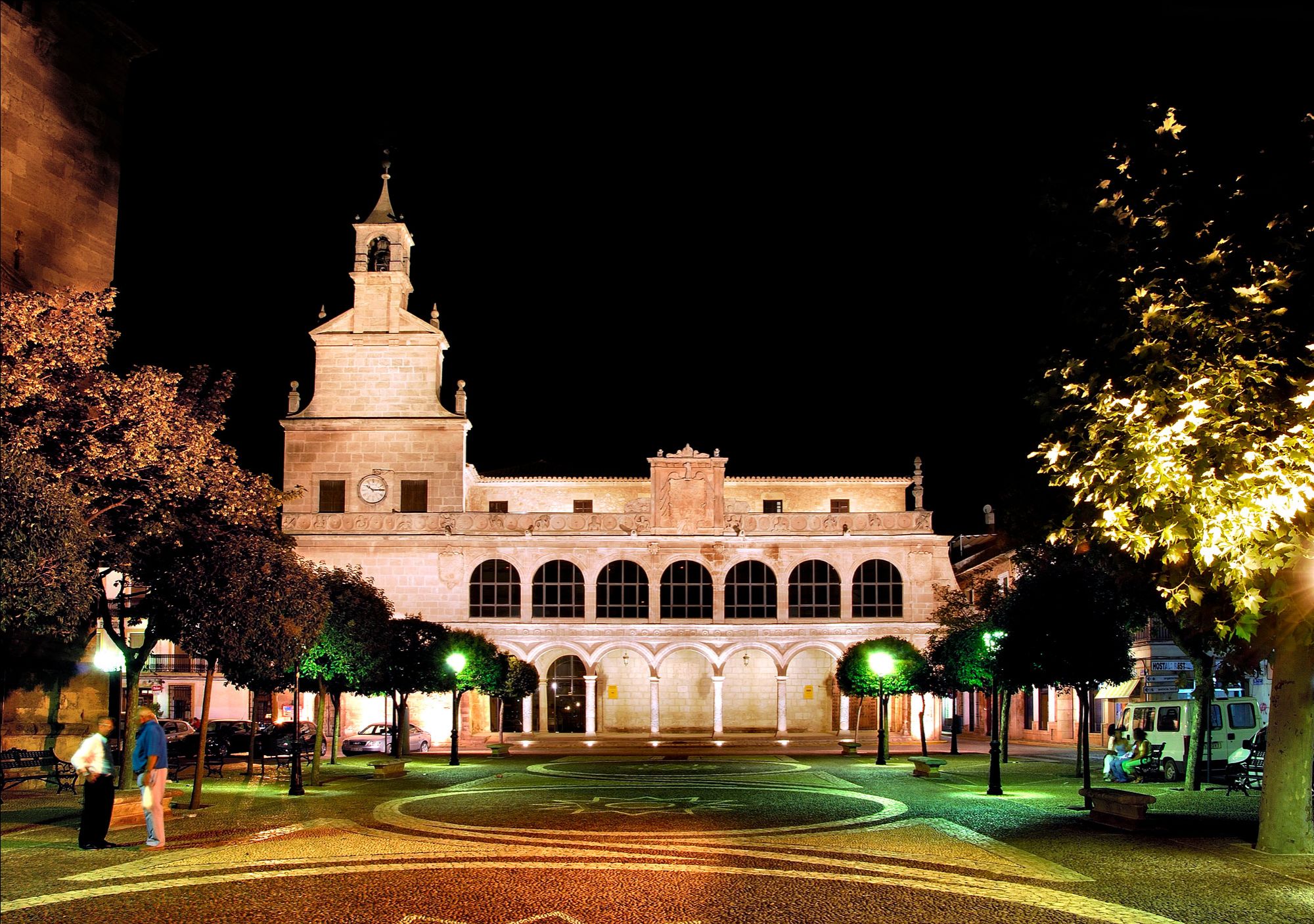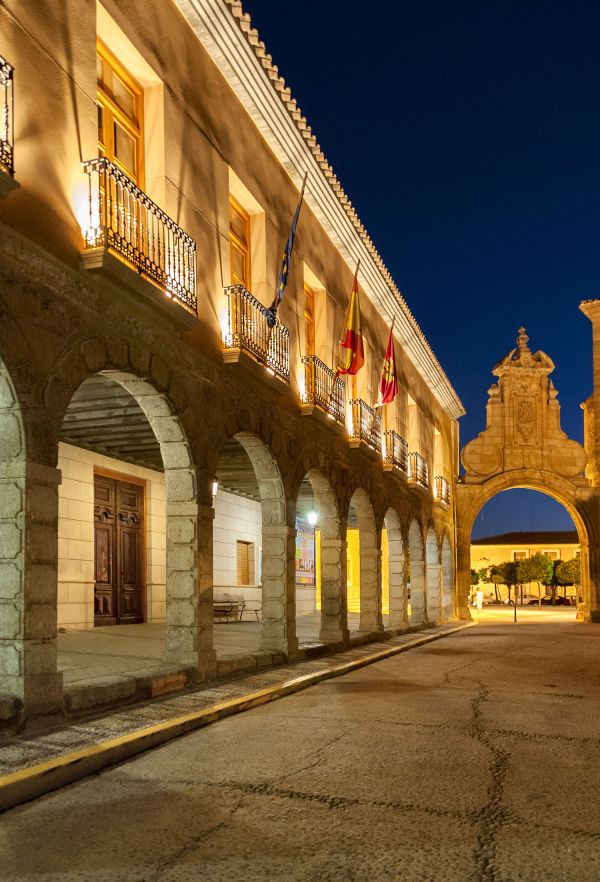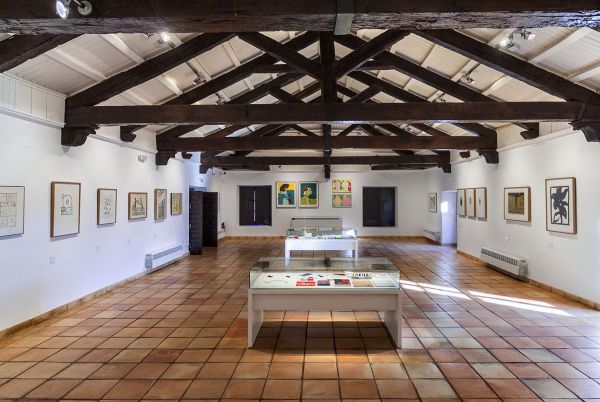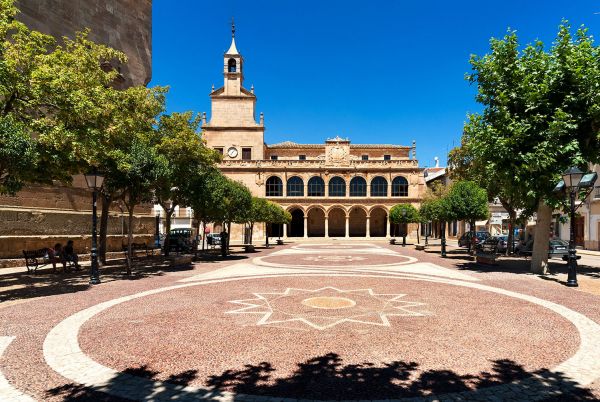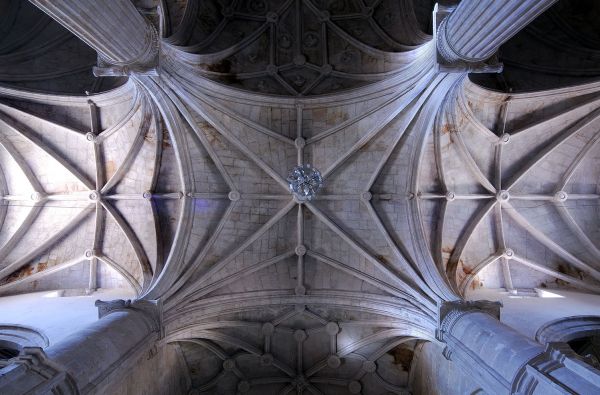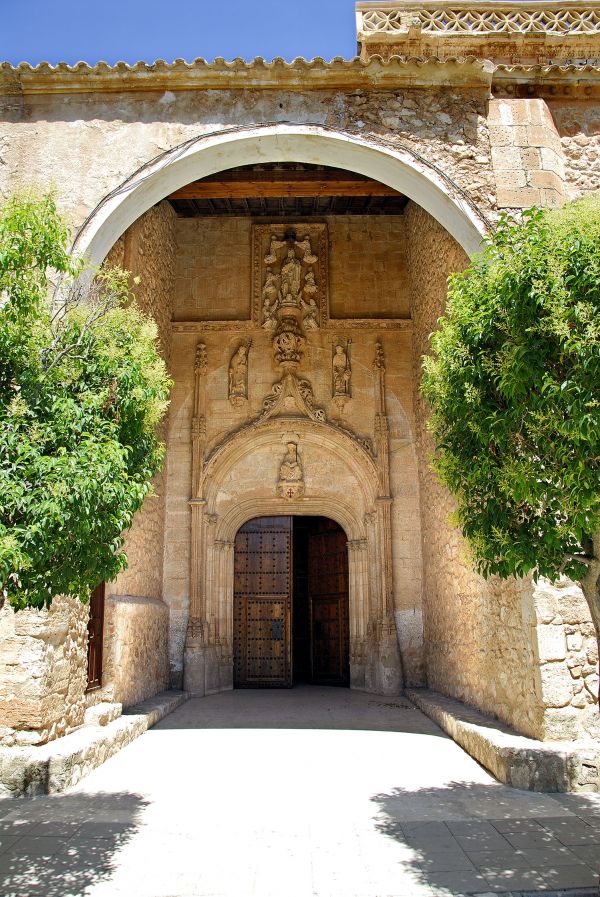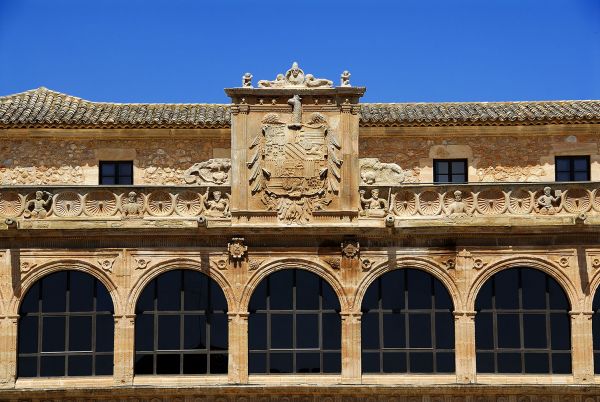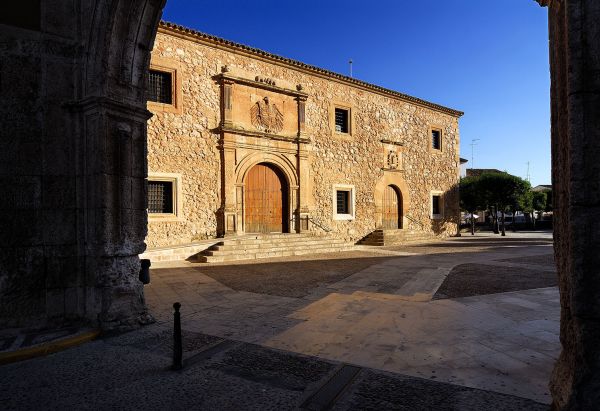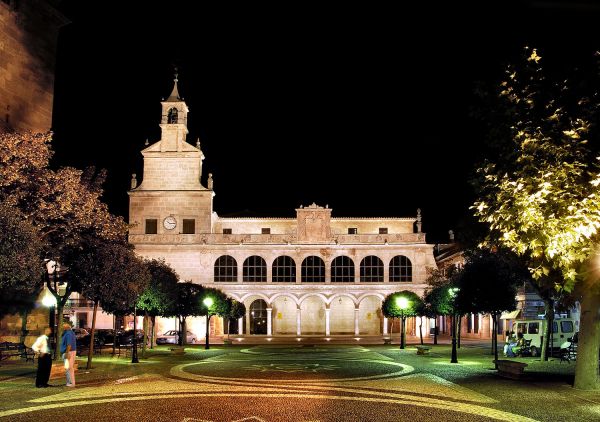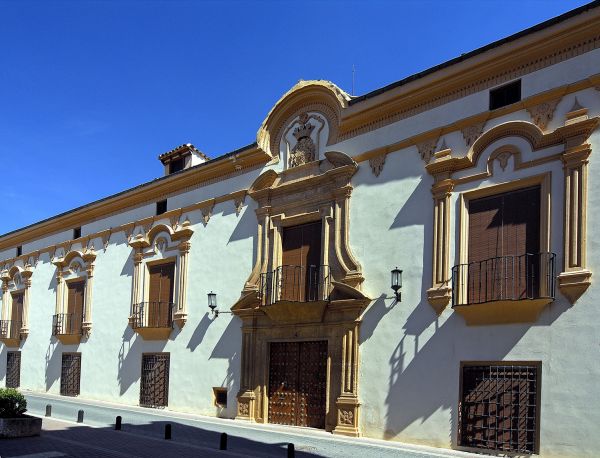San Clemente. The Renaissance jewel
Cuenca
San Clemente appears in the sweeping La Mancha plains, enveloped in agricultural land, with the odd pine forest dotted around the landscape.
San Clemente is difficult to pin down: you need to visit calmly and with your senses open, to enjoy each little detail and the past’s impressive footprint. Its old town is home to one of the most important sets of monuments in Cuenca province, and it was declared a Historic-Artistic Grouping in 1980.
San Clemente is the Renaissance, the crown jewel of the La Mancha Renaissance. In the 16th century, the wealth and extension of this land attracted a range of noblemen, peasants and religious folk. The region’s leading noble families settled in San Clemente, in artistically designed houses, finished with their coats of arms. Multiple palatial homes, civil and religious buildings bare witness to this legacy.
The square is the nerve centre, which shouldn't be missed, and a beautiful summary of what we're going to find. Here lies the old City Hall (16th century); beside it, the Granary, also dating to the 16th century, with a double-arch doorway and the Habsburg coat of arms between pillars. The Church of James the Apostle (15th century) is right in front of the city hall, and the square is home to the Convent of the Trinitarians, the old Jail of the Holy Inquisition, the Roman Arch, etc.
The streets departing from the square feature several noble homes and palaces: the Piquirroti palace, the Houses of Señores Bris y Ayuso, the House of Martínez del Peral, House of Los Acacio, of Don Adrián Jareño, the Palace of the Marquis of Valdeguerrero, the Palace of the Marquis of Melgarejo, the Oma Palace or the House of Reina Mora. We reach the market square where, in addition to the food market, we’ll find convents all around: The Carmelites Convent, the Convent of the Poor Clares and the Convent of St. Francis.
The Old Tower (14th century) offers unbeatable views of the town, of what we’ve seen and what we still have left to see.
May also be of interest to you
Castilla-La Mancha Tourism in 2023. All rights reserved.
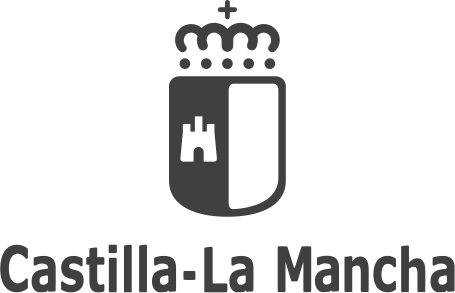
 365
365
